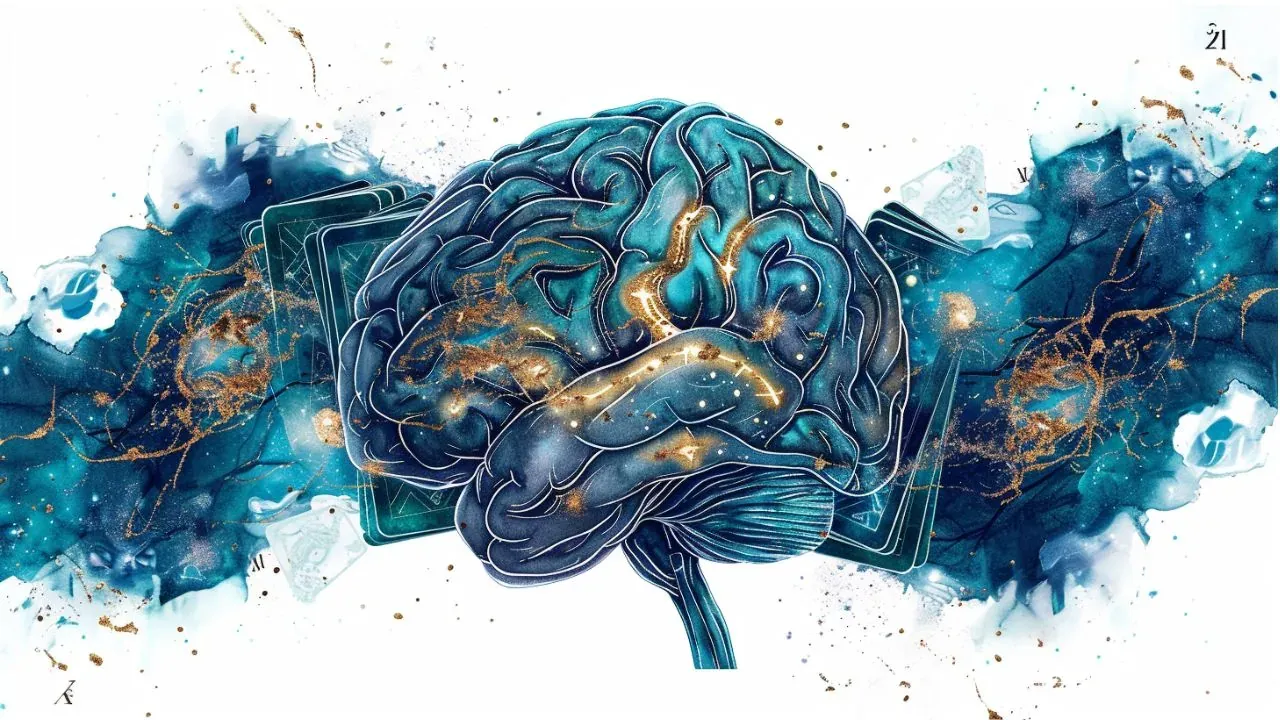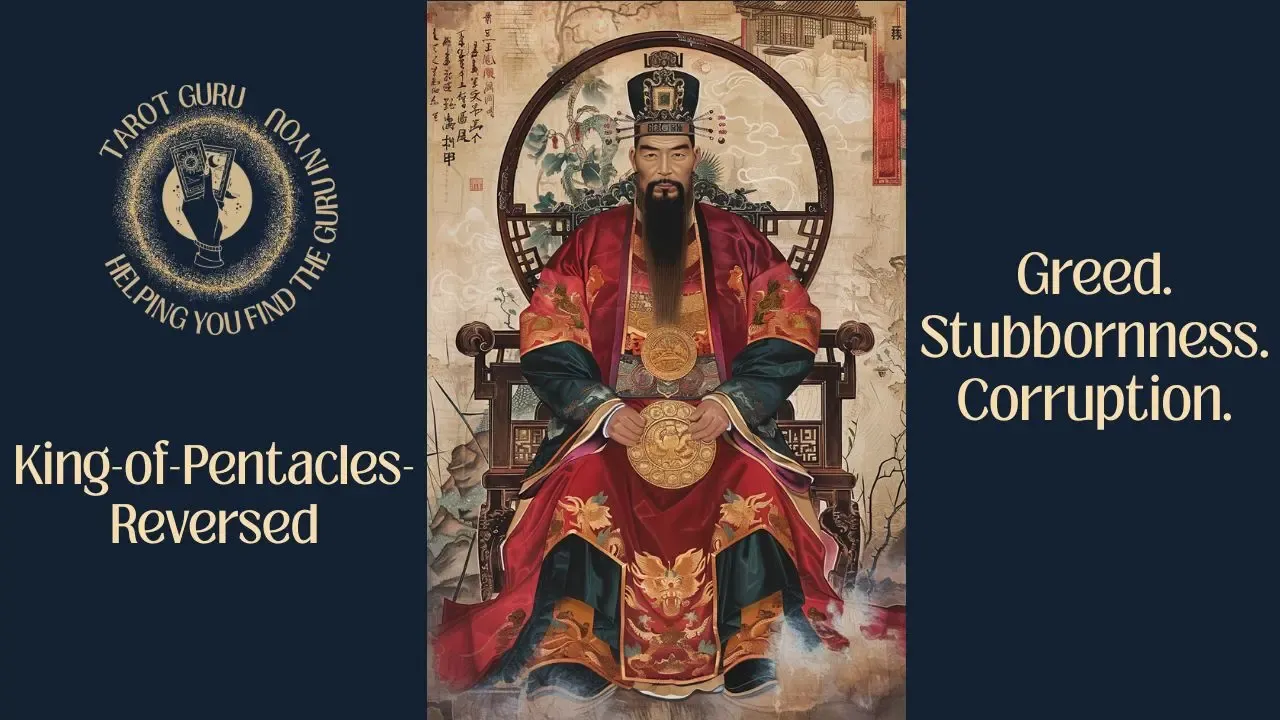When Will It Happen? Tarot Timing Methods That Actually Work
"When will I meet someone?" "How long until I get the job?" "Is this happening soon or should I stop waiting?"
Timing questions are what most people actually want answered, but tarot readers either dodge them with "trust divine timing" or list methods without explaining how to use them. Here's the truth: tarot timing isn't a calendar. It's about energy, speed, and readiness. But there are systems that work if you understand what they're measuring.
Why Tarot Timing Isn't Like Reading a Calendar
Tarot reads energy and momentum, not fixed dates. When you ask "when," the cards show you the speed at which things are moving, what's blocking progress, and whether the conditions are right. Sometimes "when" depends entirely on what you do next. Sometimes it's out of your hands and you're waiting on external forces to align.
The methods below give you frameworks for translating card energy into rough timeframes. None of them are foolproof, but combined with intuition and context, they're more useful than vague platitudes about patience.
Method 1: Planetary Speed (The Golden Dawn System)
Each Major Arcana card corresponds to a planet or zodiac sign, and planets move at different speeds. This is the foundation of Golden Dawn timing and the most reliable method when Major Arcana cards show up in timing positions.
Fast-moving planets = days to weeks:
- Mercury (The Magician): Days to 2 weeks. Communication, decisions, quick shifts.
- Moon (The High Priestess): 2-4 weeks. Emotional cycles, intuitive timing.
- Venus (The Empress): 3-5 weeks. Relationship developments, creative projects.
- Mars (The Tower): 1-6 weeks. Sudden action, conflict, breakthrough.
- Sun (The Sun): 1 month. Clarity, visibility, things coming to light.
Slow-moving planets = months to years:
- Jupiter (Wheel of Fortune): 3-12 months. Expansion, opportunity, luck shifts.
- Saturn (The World, The Devil): 1-3 years. Long-term structures, karmic lessons, major milestones.
- Uranus (The Fool): Sudden and unpredictable. Could be tomorrow or six months from now—expect the unexpected.
- Neptune (The Hanged Man): 6 months to 2 years. Slow dissolution, spiritual surrender, no clear timeline.
- Pluto (Judgement, Death co-ruled with Mars): 1-5 years. Deep transformation, complete rebirth, irreversible change.
Zodiac signs by modality:
- Cardinal signs (Aries, Cancer, Libra, Capricorn): Fast initiation—weeks to 3 months.
- Fixed signs (Taurus, Leo, Scorpio, Aquarius): Slow and steady—3-9 months.
- Mutable signs (Gemini, Virgo, Sagittarius, Pisces): Adaptable—timing shifts based on circumstances, 1-6 months.
Want the full list of planetary correspondences? Check out our Planetary Correspondences Hub.
Method 2: Suits and Seasons
The four suits correspond to seasons in the Golden Dawn system, based on their Ace associations. This method works best when you're asking about something tied to natural cycles or when Minor Arcana cards dominate the reading.
- Wands = Summer (fire element). Timeframe: Fast action, 1-3 months. Energy is hot, things move quickly.
- Cups = Autumn (water element). Timeframe: 3-6 months. Emotional developments, relationships ripening, harvest of feelings.
- Swords = Spring (air element). Timeframe: 1-4 months. Mental clarity, new ideas taking root, conflict resolution.
- Pentacles = Winter (earth element). Timeframe: 6-12 months or longer. Material results, slow building, long-term stability.
If you pull the Five of Pentacles in a timing position, you're looking at a winter timeline—slow, resource-heavy, possibly delayed until foundations are solid. If you get the Eight of Wands, that's summer energy—fast, fiery, things accelerating within weeks.
Method 3: Numerology and Card Numbers
The numbers on Minor Arcana cards can indicate stages of development or rough timeframes:
- Aces: Beginnings. 1 day, 1 week, or 1 month depending on suit speed.
- Twos: Early stages, duality forming. 2 weeks to 2 months.
- Threes: Initial growth, foundation set. 3 weeks to 3 months.
- Fours: Stability forming. 4 weeks to 4 months.
- Fives: Conflict or challenge. Timing stalls or slows—expect delays.
- Sixes: Recovery, harmony returning. 6 weeks to 6 months.
- Sevens: Reassessment, internal work. Timing unclear—reflects indecision.
- Eights: Momentum building. 8 weeks to 8 months.
- Nines: Near completion. 9 weeks to 9 months.
- Tens: Fulfillment or ending of a cycle. Could mean "it's done" or "one full cycle" (a year).
This method is rough and works best layered with other indicators. A Three of Cups could mean three weeks, three months, or the third meaningful event in a sequence—context matters.
Method 4: Court Cards as Time Frames
Court cards can represent people or phases of action:
- Pages: Weeks. Youthful energy, messages arriving, early stages.
- Knights: 1-3 months. Active movement, pursuit, things in motion.
- Queens: 3-6 months. Mature development, sustained effort, nurturing growth.
- Kings: 6-12 months or longer. Authority established, long-term results, mastery achieved.
If a Knight shows up in a timing position, expect action within a few months. If a King appears, you're looking at something that takes sustained effort over the better part of a year.
What to Do When Timing Indicators Conflict
You pull The Tower (Mars, fast), but also the Ten of Pentacles (earth, slow completion). What now?
Layer the meanings. The Tower suggests a sudden event kicks things off quickly, but the Ten of Pentacles says the final result takes time to stabilize. Fast catalyst, slow integration.
Or you get multiple cards from different seasonal suits. Look for the dominant energy—which suit or planetary influence shows up most? That's your primary timeline.
If the cards genuinely contradict and you can't find a pattern, it might mean timing isn't fixed yet. Your actions, or someone else's choices, will determine speed.
Why "Soon" Is Useless Without Context
When readers say "soon," they usually mean "I see forward movement," but they're not specifying whose timeline they're measuring. Soon to Saturn is three years. Soon to Mercury is next Tuesday.
If you want an answer about timing, don't accept "soon" without asking: Soon relative to what? Which card or planet is indicating this speed?
The Real Reason Timing Predictions Fail (And It's Not the Cards)
Tarot timing breaks down when:
- The querent isn't ready. The cards show potential timing based on current energy, but if you're not doing the work, nothing moves.
- Free will intervenes. Someone else's choice changes the trajectory entirely.
- The question assumes a fixed outcome. If you're asking "when will they come back," but the cards show they won't, the timing question is irrelevant.
Timing works best when you're asking about energetic momentum ("when will this opportunity arrive?") rather than trying to control another person's decisions ("when will he finally text me?").
Timing Tells You Speed, Not Certainty
These methods give you a framework for reading the pace and rhythm of events, not guaranteed dates. Planetary speed is the most reliable. Seasonal suits add texture. Numerology and court cards offer rough stages.
The cards won't hand you a calendar date, but they'll tell you whether you're in a sprint or a marathon—and that's often more useful than knowing the exact finish line.
Stop Googling Card Meanings - Start Reading with Confidence
Get my beginner-friendly $22 course and learn to trust your intuition instead of memorizing meanings. Practice with simple spreads and build confidence without constantly looking things up




